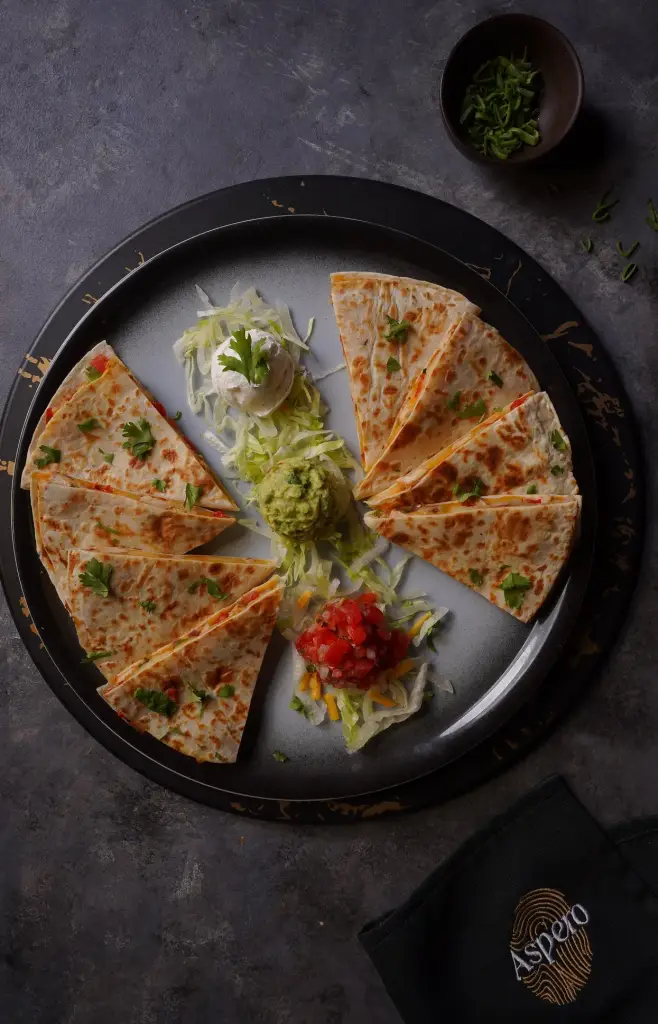The history of fine dining in Cairo is a story of transformation. Known worldwide for its ancient civilization and timeless monuments, Cairo has also developed a culinary tradition that blends heritage with sophistication. Over time, the city has moved from simple street food culture and traditional home cooking to embracing global dining trends and luxury experiences. Today, Cairo’s fine dining scene reflects both its historic roots and its modern identity as a cosmopolitan capital. Restaurants like Aaspero showcase how the city combines tradition with contemporary elegance.
Early Culinary Traditions in Cairo
Before fine dining became a recognized concept, Egyptian food was rooted in community and tradition.
Ancient Influences
Egyptian cuisine stretches back thousands of years. Ancient Egyptians dined on bread, lentils, vegetables, and fish from the Nile. While meals were modest, they reflected a deep respect for agriculture and sustainability.
Family and Home-Centered Dining
For centuries, meals in Cairo were centered in homes. Sharing large platters of dishes such as molokhia, mahshi, and grilled meats emphasized hospitality and togetherness.
Street Food as a Foundation
Street vendors played an important role in shaping Cairo’s culinary culture. Affordable dishes like ful medames and taameya became staples, later inspiring more formalized versions in restaurants.

Colonial and International Influence
The modern idea of fine dining in Cairo began to develop during the colonial and early modern periods.
European Cafés and Restaurants
In the late 19th and early 20th centuries, European-style cafés and restaurants began opening in Cairo. French, Italian, and British influences introduced pastries, fine wines, and table-service dining.
The Role of Hotels
Historic hotels such as the Shepheard’s Hotel became symbols of elegance. They hosted royalty, diplomats, and travelers, offering refined dining experiences that marked the beginning of Cairo’s luxury food culture.
Cultural Blending
As international communities grew in Cairo, so did the diversity of its restaurants. This fusion of global cuisines with Egyptian traditions set the stage for today’s fine dining landscape.
Fine Dining in the Mid-20th Century
Cairo’s reputation as a cultural capital flourished during the mid-20th century.
The Golden Age of Cairo
The 1940s to 1960s, often referred to as Cairo’s Golden Age, saw the rise of glamorous restaurants and nightclubs. Fine dining venues became popular among Egypt’s elite, blending music, culture, and cuisine.
Celebrity Influence
Famous Egyptian actors, musicians, and political leaders often dined in upscale venues, giving them prestige and visibility. Dining became associated with lifestyle, sophistication, and status.
International Guests
As tourism grew, Cairo welcomed more international visitors. Luxury restaurants tailored experiences to appeal to both locals and global travelers, further expanding the definition of fine dining.
Fine Dining in Modern Cairo
Today, Cairo is home to a thriving fine dining scene that reflects both heritage and innovation.
Luxury Hotels and Restaurants
Upscale hotels host internationally acclaimed restaurants offering cuisines from French to Japanese. Venues such as Aaspero highlight this evolution by blending global standards with local creativity.
Contemporary Egyptian Cuisine
Modern chefs have reimagined traditional Egyptian dishes for fine dining. Classic recipes like koshari, lamb shank, or stuffed vine leaves are given sophisticated presentations and global flair.
Rooftops and Nile Views
One of Cairo’s defining fine dining experiences includes restaurants with views of the Nile or city skyline. Combining atmosphere with gourmet food makes these venues especially popular.
A Growing Culinary Identity
Fine dining in Cairo today represents a blend of global standards with local culture. Restaurants like Aaspero play an important role in shaping this new culinary identity.
Why Fine Dining Matters in Cairo
Fine dining plays an important role in the city’s social and cultural life.
- Celebration of Heritage: By elevating traditional recipes, fine dining helps preserve Egypt’s culinary traditions.
- Tourism Attraction: Upscale dining complements Cairo’s reputation as a global destination.
- Lifestyle Symbol: For locals, fine dining is a way to express sophistication, celebrate milestones, and enjoy modern luxury.
Challenges in Cairo’s Fine Dining History
The evolution of fine dining in Cairo has faced challenges.
Economic and Political Shifts
Periods of instability sometimes affected luxury dining, as fewer people could afford it.
Balancing Tradition with Modernity
Restaurants had to find ways to stay modern without losing touch with Egyptian identity.
Competition
With international brands entering the market, local restaurants faced pressure to maintain high standards while keeping their unique appeal.

The Future of Fine Dining in Cairo
Looking ahead, fine dining in Cairo is set to grow even further. Sustainability, farm-to-table concepts, and culinary tourism will shape the next phase. Restaurants such as Aaspero are already pioneering new approaches, merging innovation with authenticity. With more young chefs experimenting and global recognition increasing, Cairo is positioning itself as one of the Middle East’s leading dining destinations.
Finally
The history of fine dining in Cairo is a journey from ancient traditions and family gatherings to the glamorous nights of the mid-20th century and the luxury experiences of today. It reflects Egypt’s ability to honor its heritage while embracing global innovation. For locals, fine dining represents sophistication and lifestyle. For tourists, it adds depth to their cultural journey. Restaurants like Aaspero embody this story, blending timeless flavors with modern elegance to create experiences as memorable as the city itself.
